The Helmholtz-University Young Investigators Group has developed a membrane that can be used for filtering small organisms or viruses from water.
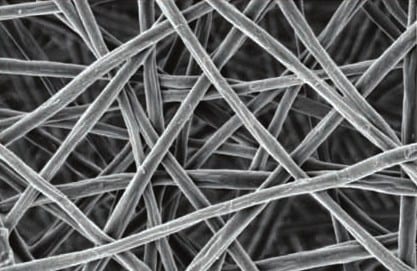

The Helmholtz-University Young Investigators Group has developed a membrane that can be used for filtering small organisms or viruses from water.
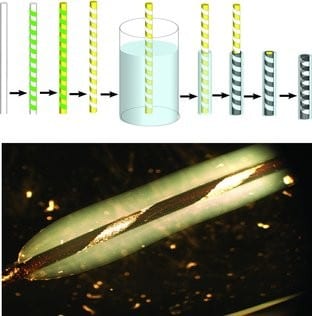
Scientists have developed a novel nerve construct: artificial hybrid conducting polymer-hydrogel conduits are used to repair peripheral nerve gaps.
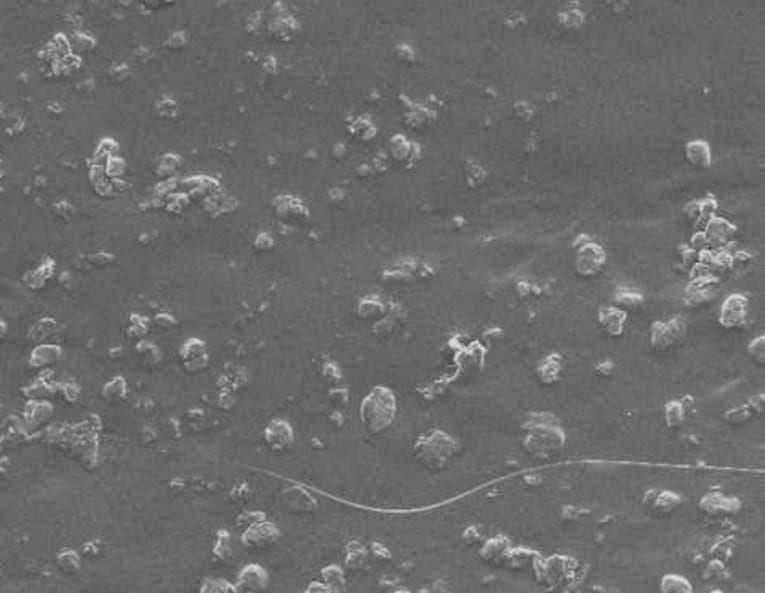
Researchers have engineered an electro-responsive polymer hydrogel containing carbon nanotubes for drug delivery applications.
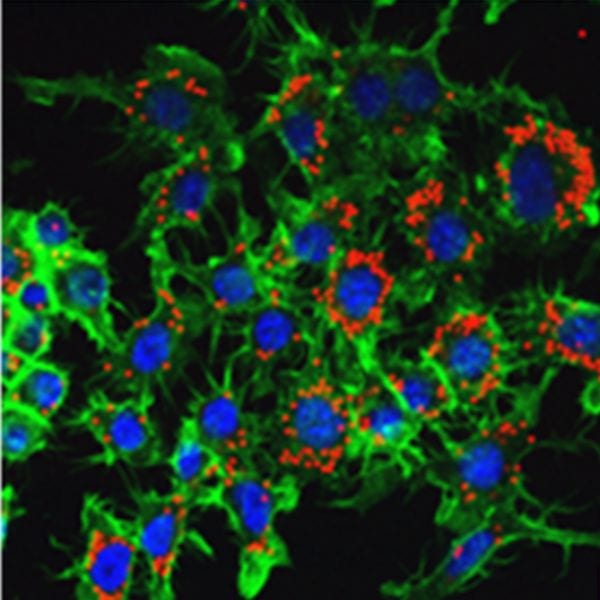
Scientists in China and Australia identify the factors that determine the risk of fetal exposure to nanoparticles.
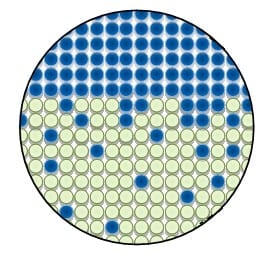
Scientists engineer a chemically stable and atomically sharp lanthanum aluminate monolayer between LaAlO3 and strontium titanate heterostructures.
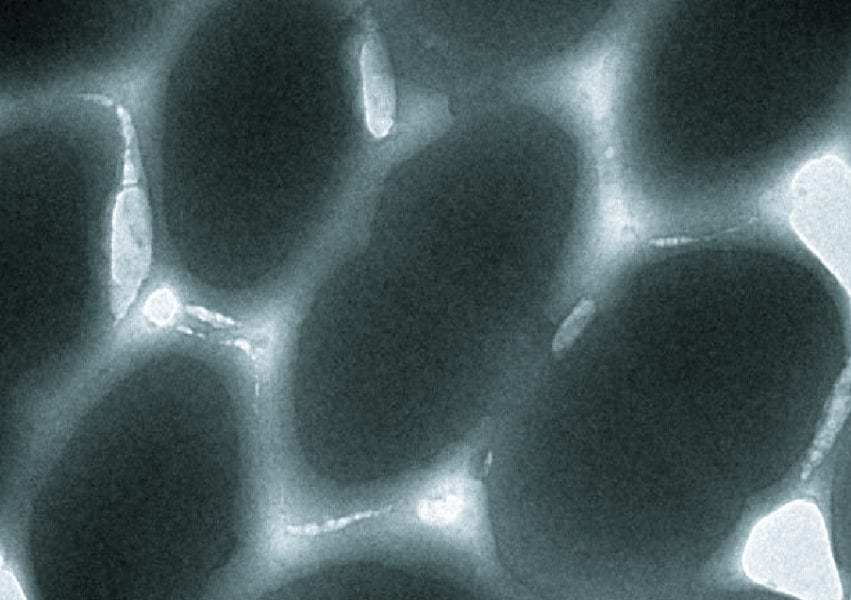
Group reports the broad-spectrum bactericidal activity of a gold nanoparticle-polythiophene composite on pathogenic bacteria.
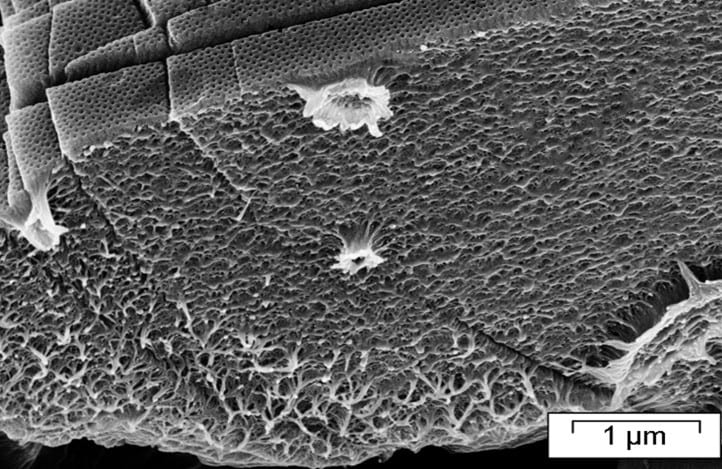
Asymmetric polystyrene-block-poly(ethylene oxide) membranes are generated using a combination of solution casting and phase inversion.
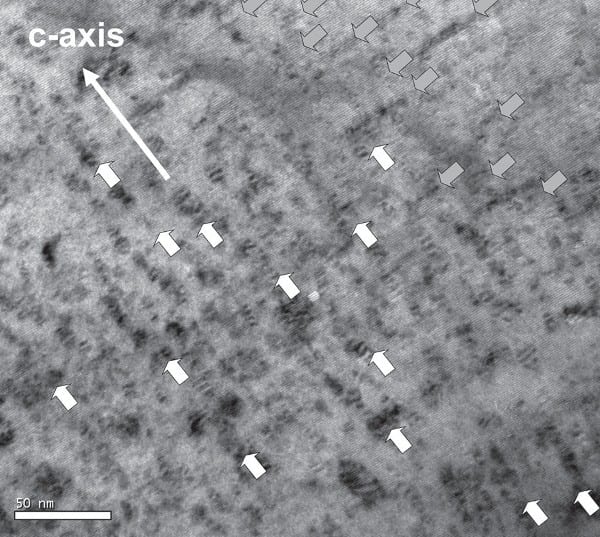
Researchers at the Department of Energy’s Oak Ridge National Laboratory have reported progress in fabricating advanced materials at the nanoscale.
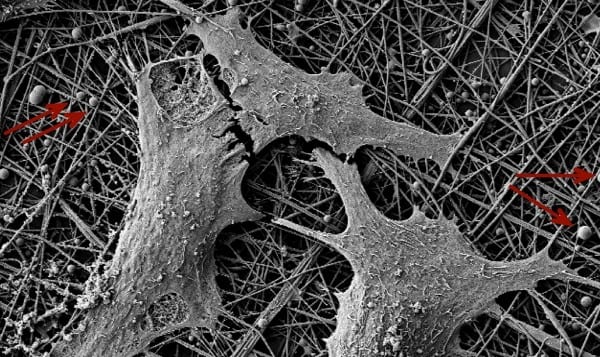
A research team have loaded microgels onto a nanofiber scaffold to combat bacterial infection during tissue regeneration procedures.
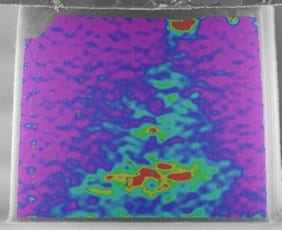
Researchers at the Air Force Research Laboratory and the University of Michigan have used DIC to map the deformation and strain of compressed CNT arrays.